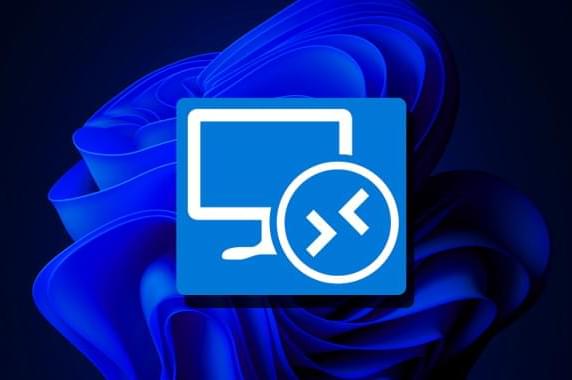- IMAGINARY
ANTHEM: “Anthem of the Human empire“
same tune as “The Flag Parade” by John Williams from Star Wars Episode I
- MODERATION POLICY
1) Keep comments civil.
2) Ideological and political comments are not allowed.
3) Comment section under explicit political videos will be deactivated. Same with old toxic comment sections.
4) Comments under video with mild political implications will be reviewed first.
5) SPAM = BAN
6) Warning at first infraction, recidivists will be blocked.
7) Serious offenders will be blocked with no warning.
8) Insult me and you will be blocked with no warning.
9) “Satire” is not an excuse made using Flag 3D screensaver, available here:
http://www.3planesoft.com/holidays-screensavers/flag-3d-screensaver/
- CONTACTS (I speak Italian and English)
FACEBOOK http://www.facebook.com/TheFlagAnthemGuy-1385863208300909/
TWITTER http://twitter.com/Flag_Anthem.
DEVIANTART http://theflagandanthemguy.deviantart.com/
REDDIT: http://www.reddit.com/user/TheFlagandAnthemGuy/
TUMBLR: tumblr.com/blog/theflagandanthemguy.
- BACKUP CHANNELS:
https://www.youtube.com/channel/UCxxu3zAxxxIMFdEJFCr_Xcg.
https://vid.me/TheFlagandAnthemGuy.
http://www.dailymotion.com/Trustnoidiot







